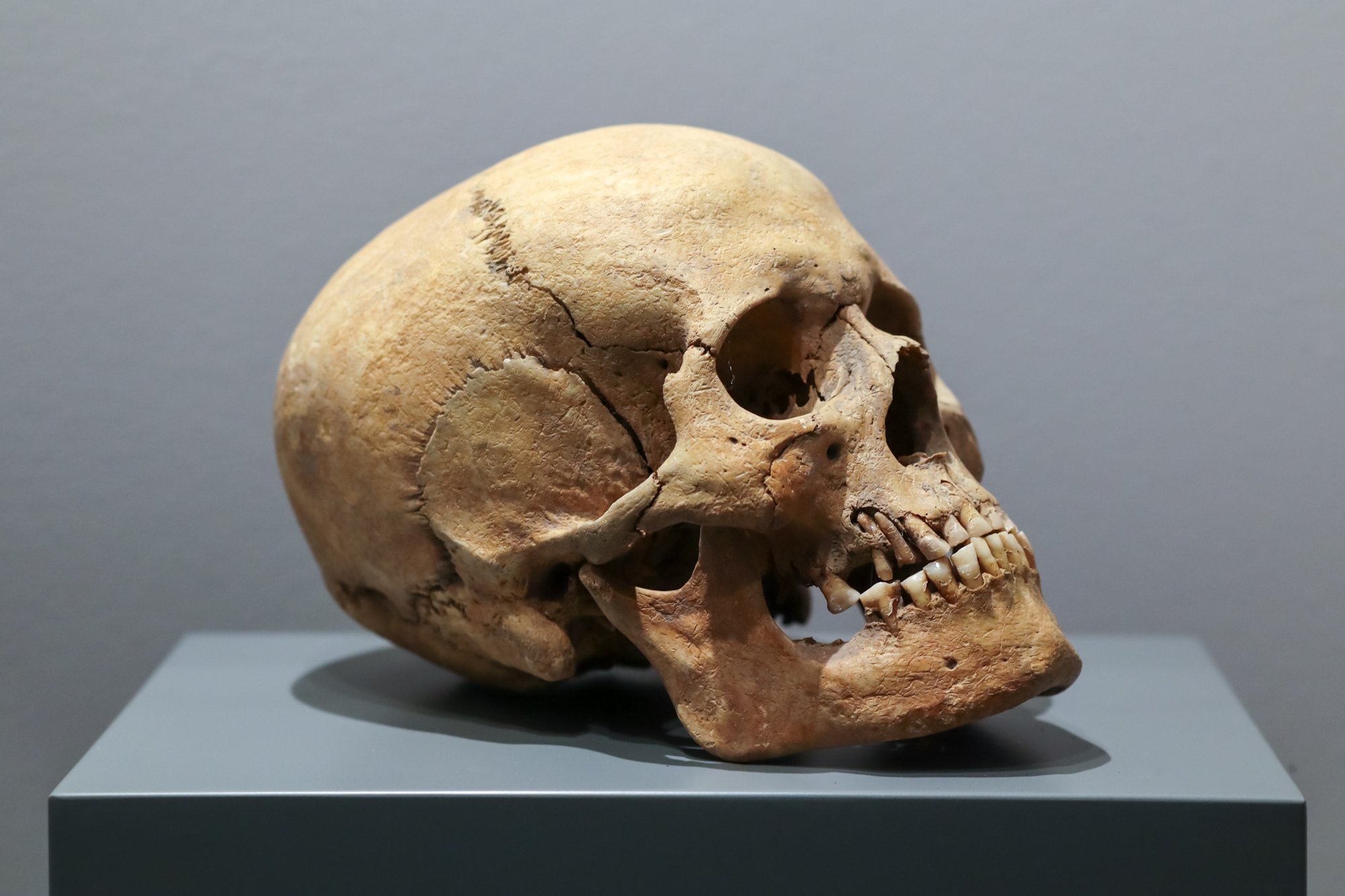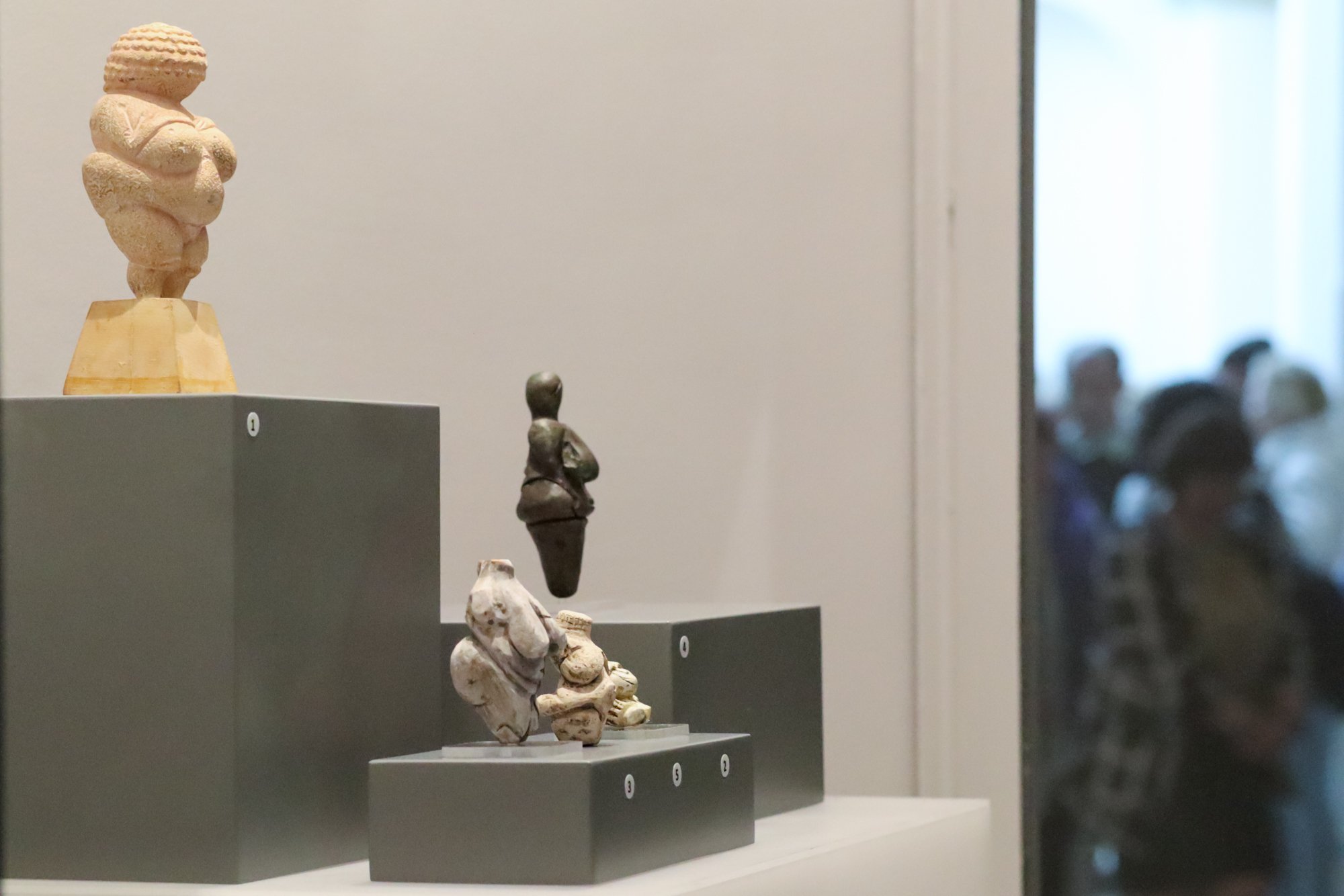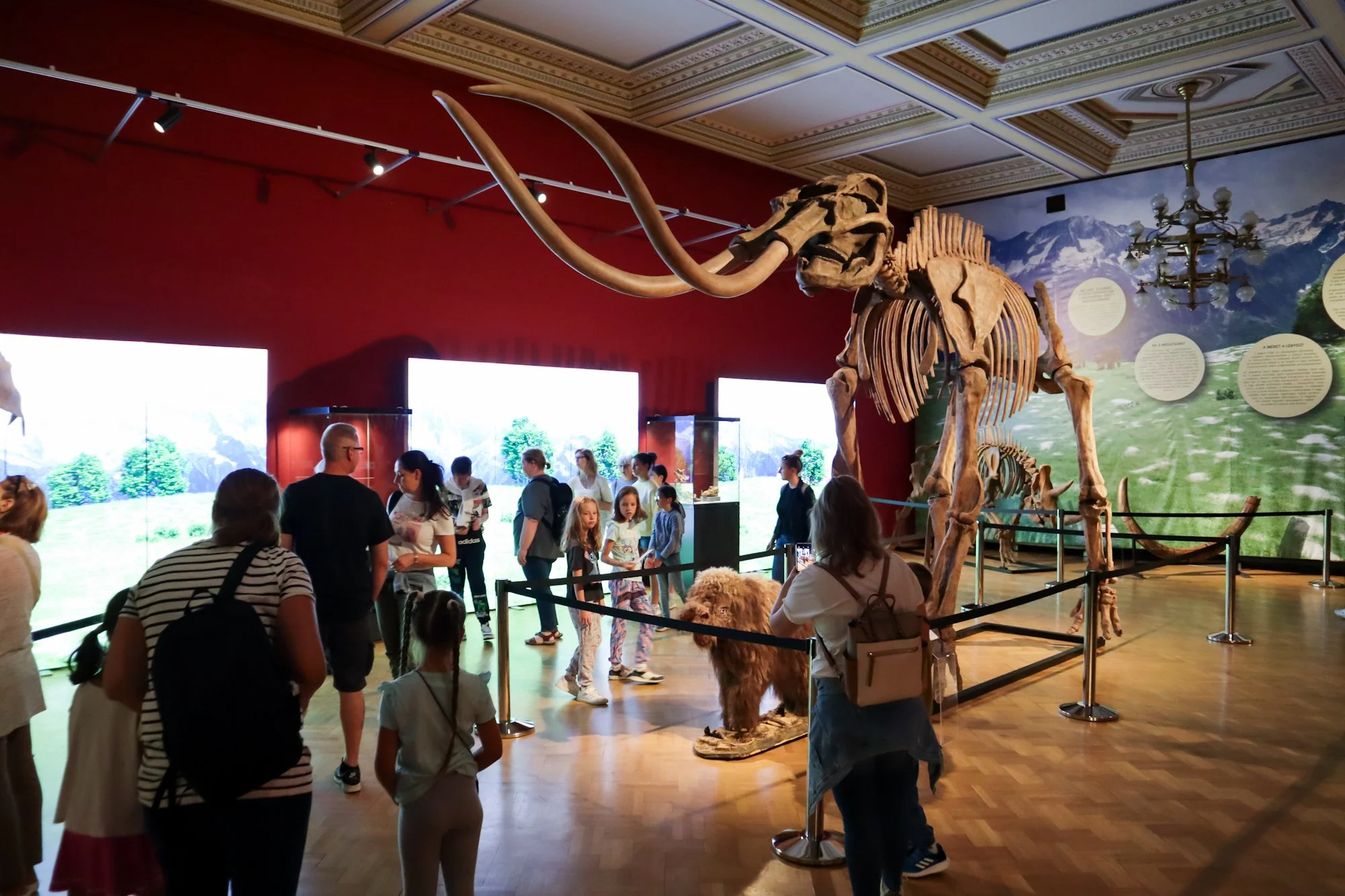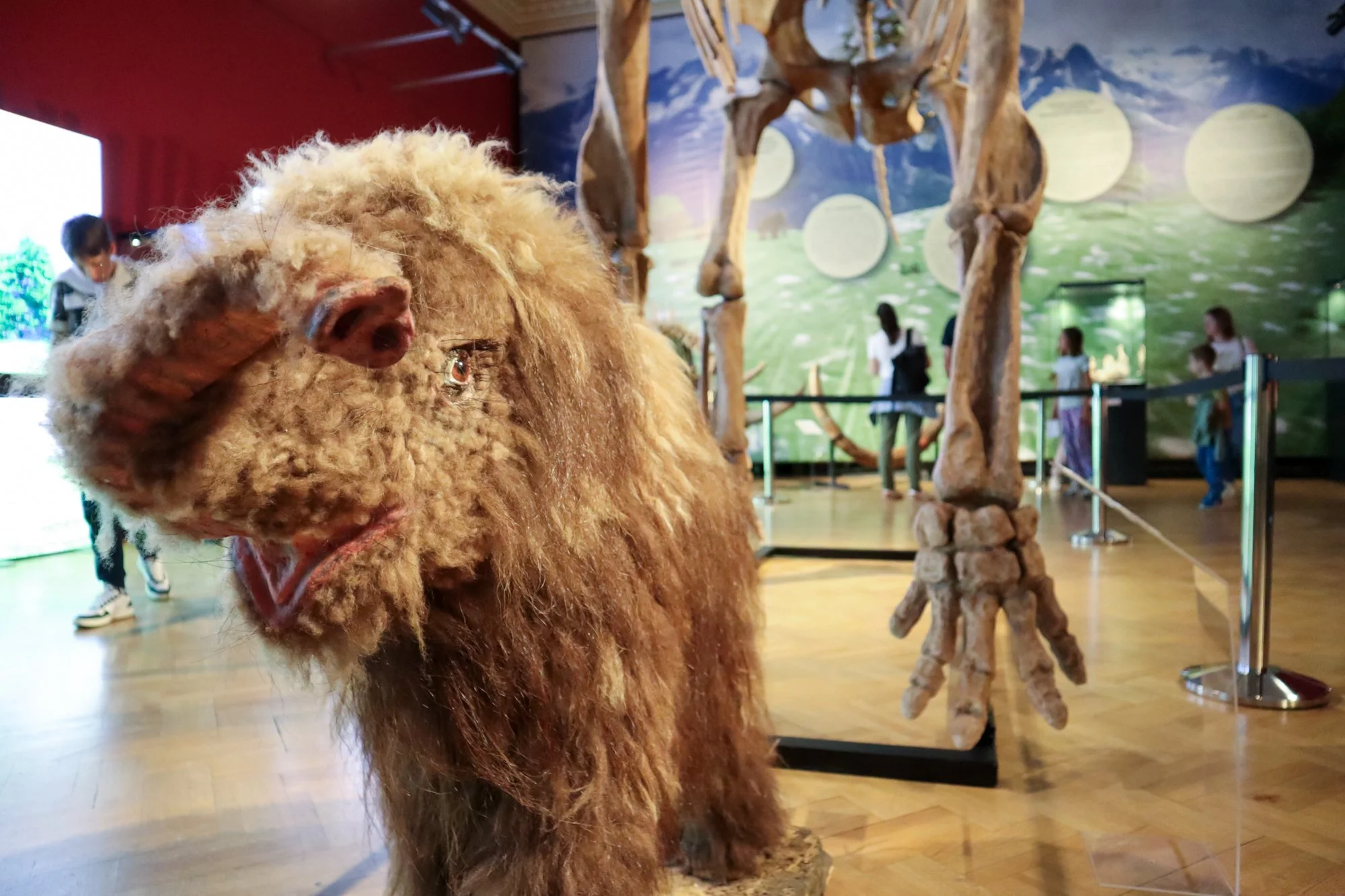Ice Age exhibit opens in Szeged, second phase to launch on Night of Museums
A new exhibition at the Móra Ferenc Museum in Szeged offers visitors a vivid look into the lives of Ice Age humans, with the first phase now open and a second section scheduled to debut during Hungary’s Night of Museums on June 21.
The exhibition’s first phase opened on May 9 and explores the climate, fauna, and daily existence of Homo sapiens during the final stages of the Ice Age. Using reconstructions, artifacts, and multimedia displays, the museum presents how early humans may have lived, hunted, and interacted with their environment.
Curated by archaeologist György Lengyel, the exhibit was developed by the museum’s staff, with contributions from archaeologist Zsolt Magyar of Eötvös Loránd University. According to Magyar, many people still associate the Ice Age primarily with Neanderthals, but the focus here is on Homo sapiens, who are believed to have arrived in Europe from Africa roughly 40,000 to 50,000 years ago.
Magyar noted that while Neanderthals and Homo sapiens lived in Europe at the same time for thousands of years, the Neanderthals eventually became extinct. He added that current research suggests the modern humans who arrived from Africa may have possessed more advanced cognitive skills, shaped by knowledge acquired in their earlier environments — though scholarly debate on this topic continues.
The exhibition does not aim to present a linear narrative of human progress. Instead, it focuses on reconstructing aspects of prehistoric life, including shelter, tools, and worldviews. These interpretations are based on archaeological findings and supported by experimental archaeology methods.
The display also outlines the fluctuating climate of the Ice Age, which lasted about 2.5 million years. Magyar explained that this era was not marked by constant cold, but by alternating warm and cold periods. Researchers are now able to trace these changes with increasing accuracy.
The Pleistocene epoch ended approximately 11,700 years ago, followed by a temporary cooling period around 5,000 years ago. Based on current knowledge of climate cycles, scientists estimate that the next major ice age may not occur for another 23,000 to 25,000 years.
The second phase of the exhibition, opening June 21, will delve into the cognitive world of early humans, exploring how they may have thought about and interpreted the world around them.












Photos: Szilvia Molnar / Szegedify





